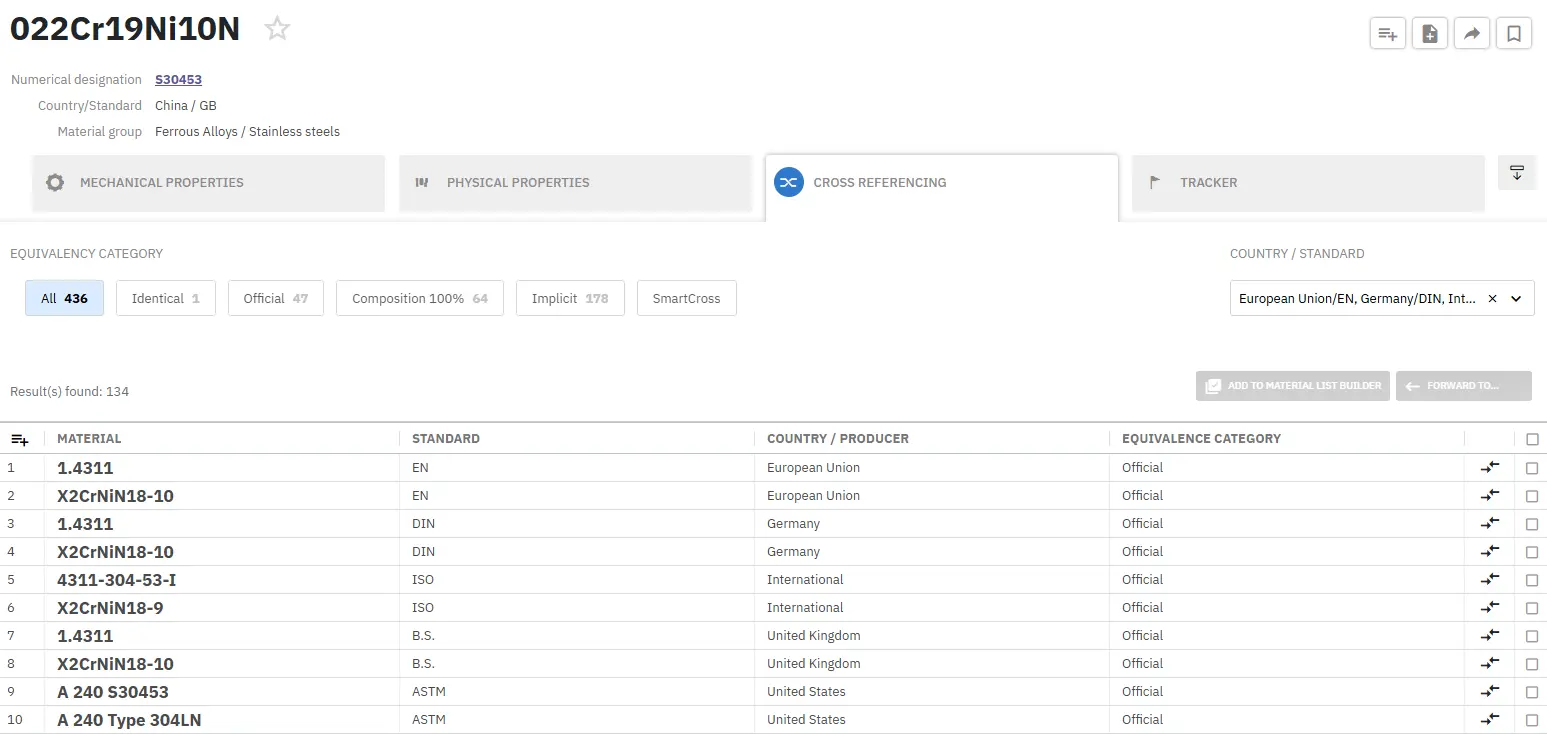Alloy Designation Systems for Aluminum and Aluminum Alloys
Abstract
Systems for designating aluminum and aluminum alloys that incorporate the product form (wrought, casting or foundry ingot), and its respective temper (with the exception of foundry ingots, which have no temper classification) are covered by American National Standards Institute (ANSI) standard H35.1. ...
Aluminum, the second most plentiful metalic element on earth, became economic competitive in engineering applications as recently as the end of 19th century.
Historically, all major industrialized countries developed their own standard designations for aluminum and aluminum alloys, based on chemical symbols. These are now being grouped under the systems of the American National Standards Institute, the International Organization for Standarization and the Europian Committee for Standardization.
Aluminum Association International Alloy Designation (H35.1)
Systems for designating aluminum and aluminum alloys that incorporate the product form (wrought, casting or foundry ingot), and its respective temper (with the exception of foundry ingots, which have no temper classification) are covered by American National Standards Institute (ANSI) standard H35.1.
The Aluminum Association designation system is defined according to ANSI H35.1 with respect to the designation and composition of aluminum alloys and tempers registered in the United States, and is also harmonized through the international accord on the composition and designation of registered wrought aluminum alloys.
For wrought aluminum and aluminum alloys only, compositions may be registered with the Aluminum Association by a number organizations. These organizations are signatories of a Declaration of Accord on the Recommendation for an International Designation System for Wrought Aluminum Alloys. In addition to the United States, the countries represented by signatories are Argentina, Australia, Belgium, Brazil, Denmark, Finland, France, Germany, Italy, Japan, Netherlands, Norway, Spain, Sweden, South Africa, Switzerland and the United Kingdom. The European Aluminum Association is also a signatory.
Wrought Aluminum and Aluminum Alloy Designation System
A four-digit numerical designation system is used to identify wrought aluminum and aluminum alloys. As shown below, the first digit of the four-digit designation indicates the group:
Aluminum, l 99,00% 1xxx Aluminum alloys grouped by major alloying elements: Copper2xxx Manganese3xxx Silicon4xxx Magnesium5xxx Magnesium and silcon6xxx Zinc7xxx Other elements 8xxx Unused series 9xxx
For the 2xxx through 7xxx series, the alloy group is determined by the alloying element present in the greatest mean percentage.
In the 1xxx group, the series 10xx is used to designate unalloyed compositions that have natural impurity limits. The last two of the four digits in the designation indicate the minimum aluminum percentage.
In the 2xxx through 8xxx alloy groups, the second digit in the designation indicates alloy modification. If the second digit is zero, it indicates the original alloy, integers 1 through 9, assigned consecutively, indicate modifications of the original alloy.
The last two of the four digits in the 2xxx through 8xxx groups have no special significanse, but serve only to identify the different aluminum alloys in the group.
Cast Aluminum and Aluminum Alloy Designation System
A system of four-digit numerical designations incorporating a decimal point is used to identify aluminum and aluminum alloys in the form of castings and foundry ingot. The first digit indicates the alloy group:
Aluminum, >= 99,00% 1xx.x Aluminum alloys grouped by major alloying elements: Copper 2xx.x Silicon, with added copper and or magnesium 3xx.x Silicon 4xx.x Magnesium 5xx.x Zinc 7xx.x Tin 8xx.x Other elements9xx.x Unused series 6xx.x
For 2xx.x through 8xx.x alloys, the alloy group is determined by the alloying element present in the greatest mean percentage except in cases in which the composition being registered qualifies as a modification of a previously registered alloy.
The second two digits identify the specific aluminum alloy or, for the aluminum (1xx.x) series, indicate purity. The last digit, which is separated from the others by a decimal point, indicates the product form, whether casting or ingot.
International Organization for Standardization
The International Organization for Standardization has developed its own alphanumeric (chemical symbols) designation for wrought aluminum and its alloys, based on the systems that have been used by certain European countries.
European Committee for Standardization
This committee of European Union members has developed a composition standard based on the ISO standard, but is proposing new designations not included in that standard. Some of these new designations are already registered as German standards (DIN). The proposed standard to also refers Aluminum Association equivalents.
立即查看和比较各国标准材料!
Total Materia Horizon 包含全球主要国家和国际组织标准的数十万种金属和非金属材料的详细精确性能数据,保持每月更新。

申请 Total Materia Horizon免费试用帐户,加入来自全球 120 多个国家超过 500,000 名用户的大家庭。